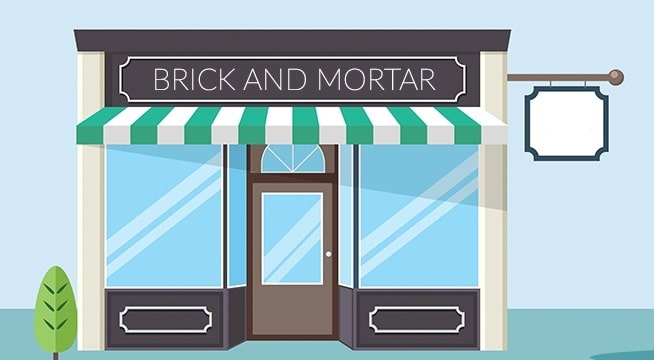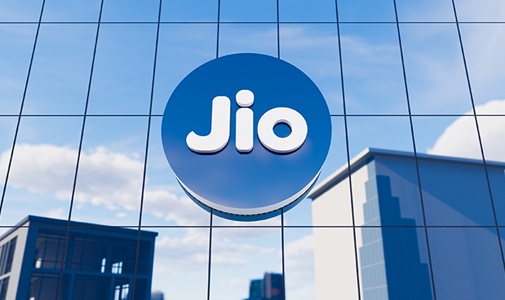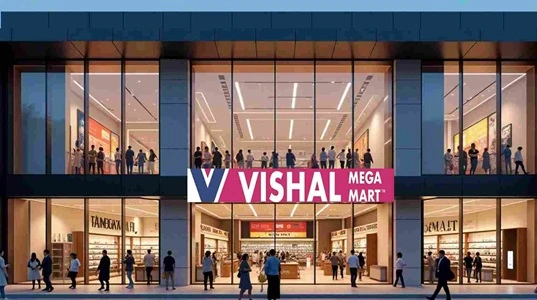One of the oldest but highly effective business strategies used around the globe is none other than the Brick and Mortar Business Model. Some people may find it confusing, but there is nothing to do with bricks or cement walls in this business model. It refers to the traditional businesses that operate from a physical store or a location. In this model, customers can walk in, look for products, interact with salespeople about the product, and make a purchase.
Many people might think that this business strategy is going down as most people are switching to e-commerce or quick commerce platforms for purchase. However, physical stores are the places with better customer satisfaction levels, more sales, and so on. To understand how this strategy is doing, we can look at the true definition, some popular examples, advantages, and disadvantages to learn in depth. Let’s get started.
Brick and Mortar Business Mode: Definition

Even though the term might be misleading or confusing to most, the Brick and Mortar strategy first came to the limelight in the 1990s during the start of e-commerce sites. You might be wondering if e-commerce platforms are that old. Yes, there were small-scale e-commerce platforms.
To differentiate traditional stores from the e-commerce platforms, the Brick and Mortar business model term was popularized. This term is still used for grocery shops, local clothing stores, and even a café. The idea is simple: people come to a physical space to buy something or experience something.
So, brick and mortar business models are not limited to products only, but to services as well. You might be wondering what kind of services? There are many, like massage parlours, saloons, and so on. The name itself comes from the materials commonly used to build buildings, symbolizing a real-world presence. Unlike e-commerce, where everything happens on a website or app, Brick and Mortar relies on direct human interaction.
Examples of Brick and Mortar Businesses
Many businesses fall under the Brick and Mortar business model. Most people interact with this business model daily, but don’t know the strategy name. Here are some key examples:
- Retail Stores: Brands like Big Bazar, Reliance Digital, JioMart, D-Mart, and Reliance Fresh have physical stores where customers shop for desired products.
- Restaurants and Cafés: In the new era, getting food delivered to the home is common. But customers can visit local cafes, McDonald’s, Starbucks, and many more. Customers can walk in, order from the menu, and enjoy their meal.
- Banks: Banks have physical outlets where customers can walk in and have a face-to-face interaction with staff for financial services. Even in the online banking era, banks rely on a Brick and Mortar business model.
- Salons and Spas: Services like haircuts, massages, and beauty treatment require personal attendance, which makes this service brick and mortar by nature.
- Educational Institutions: Schools, training academies, and coaching centres have physical locations for students to attend classes.
These are some common examples, and you can find that many businesses fall in the Brick and Mortar category by their nature.
Advantages of Brick and Mortar Business Model
The brick and Mortar business model offers various advantages and is highly competitive against many other strategies like e-commerce and q-commerce. To understand the core advantages, let’s have a look at some key benefits:
1. Direct Customer interaction
Customer interaction matters a lot in building trust and ensuring a flawless experience. When customers interact face-to-face at a physical store, they are more likely to purchase than on online platforms. Solving customers’ doubts, offering personalized service, and guiding the customer to the adequate product help in ensuring a smooth experience.
2. One-on-One Shopping Experience
As per many surveys, when customers see a product, get to touch and interact with it, they are more likely to make a purchase. For example, trying on clothes in a store gives confidence to buyers during the purchase time.
3. Instant Gratification
When it comes to shopping online, the gratification is delayed, and customers find it difficult to connect with the product. However, in a physical location, customers get instant gratification after using the product.
4. Local Market Presence
Physical stores are landmarks in the local communities, and a shop in a populated area has higher chances of getting more walk-in customers who may not have planned to buy but end up making a purchase.
5. Brand Reputation and Credibility
Physical stores work in favour of the brand as they help build reputation and credibility among customers. If a customer has a query, they can ask physically. If the customer has any issues, they can complain one-on-one and get instant resolution.
Disadvantages of Brick and Mortar Business Model
Of course, no business model is perfect, and there are various challenges to deal with. Similarly, you can find several issues in the Brick and Mortar business model.
1. High Operating Costs
Running a physical store involves rent, electricity, staff salaries, and maintenance. These costs are much higher compared to online-only businesses.
2. Limited Reach
A physical store can only serve customers in its geographical area. Unlike online businesses that can reach a global audience, Brick and Mortar shops depend on local foot traffic.
3. Fixed Hours of Operation
Most physical stores have opening and closing hours. Customers cannot buy from them at midnight or early morning, which limits flexibility compared to online shopping available 24/7.
4. Inventory Management Challenges
Maintaining stock for a physical store requires space and careful planning. Overstocking can lead to wastage, while understocking may disappoint customers.
5. Vulnerability to External Factors
Situations like natural disasters, pandemics, or even road closures can directly affect store sales. Online businesses are less impacted by such events.
Conclusion
The Brick and Mortar business model is undoubtedly the oldest and most reliable way of doing business worldwide. Customer interaction plays a crucial part in offering a tangible experience and gratification. Most people find this business strategy effective to ensure their online presence and trust also improve with the physical presence. Even if other business strategy grows, there are negligible chances that brick and mortar businesses will go down. Physical stores are going to stay and serve customers everywhere.



